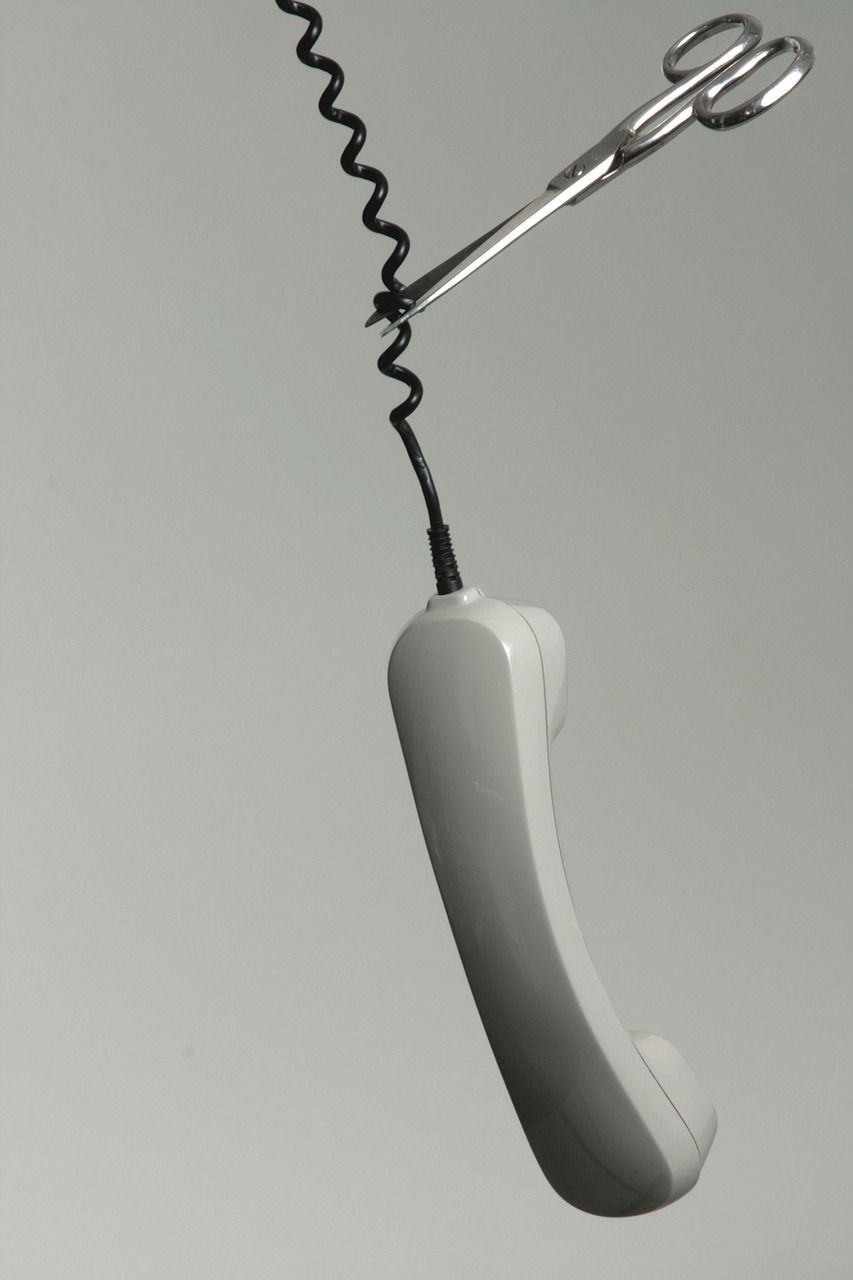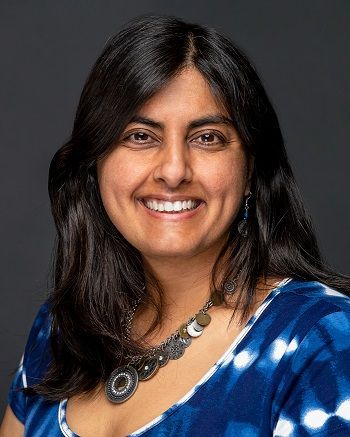What’s so wrong with eating Indian food?
 Did you know that a South Asian is twice
as likely to develop diabetes as someone in the general population? The prevalence of diabetes amongst the South Asian population, both in India and here in North America as well, is significantly higher than amongst many other ethnicities, prompting the question: why is that? Is it genetics, culture, diet, or (most likely) a combination of the three?
Did you know that a South Asian is twice
as likely to develop diabetes as someone in the general population? The prevalence of diabetes amongst the South Asian population, both in India and here in North America as well, is significantly higher than amongst many other ethnicities, prompting the question: why is that? Is it genetics, culture, diet, or (most likely) a combination of the three?
This question is suddenly relevant to me because I was approached recently by a journalist from the magazine South Asian Focus to provide expert advice on the dietary habits of a couple of Indian families for an article he was writing. These families have both recently been making changes to their diet to “eat healthier” and were incorporating more North American foods into their diet as a result. I was asked directly by the interviewer if the traditional Indian foods they were consuming were healthy. Interestingly, I wasn’t asked the same of the North American foods – there seems to be an unspoken bias that North American foods are healthier by default.
If you know much about Indian cooking, it’s not hard to see why. Traditional Indian foods – which, if you only eat in restaurants, is exactly what you’re most likely to be consuming – are terribly unhealthy. Indians love to cook with lots of oil and heavy creams. You’ll find vegetables cooked so long you’ll no longer be able to identify them. Samosas, pakoras, bhatura, kofta, bajji – you would think Indians don’t snack on anything that’s not deep fried. And the sugar in their desserts! You can get a toothache just looking at some of them.
Don’t get me wrong…I love them all. The flavours are heavenly. My parents had their own Indian restaurant when I was a kid. My mom is the most amazing cook EVER, so trust me, I know what’s traditional, and I also know what counts as classic restaurant fare.
On the other hand, however, there’s so much good about Indian food, that I feel like I need to talk myself hoarse to convince people not to throw out the baby with the bathwater. Many Indians have a vegetarian diet (of which I’m a great supporter!) with a wide variety of fruits and vegetables included in the mix. All that needs to be done is to adjust the recipes a bit; and nowadays, there are lots of healthy variations readily available in bookstores and on the internet. Cut down on the oil; bake instead of fry; use milk instead of heavy cream; and maybe turn the stove off a little early on those veggies and you’ll go a long way to make Indian cuisine some of the healthiest you’ll find.
Culture changes at its own pace, and you can’t change your genetic makeup, but you have complete control of what you’re going to eat, and that’s a choice you make every day, typically three or more times per day. Done right, Indian food, with all its wonderful variety, aromas, and flavours, can very easily be a regular part of a very healthy diet.
If you’d like to see my original article in South Asian Focus , click here. It’s the cover story; you’ll find the article on pages 10-11.
And if you’d like an example of Indian cooking made a little healthier, then look for my butter chicken/paneer/tofu recipe in my recipe book. It’s a free gift for signing up for my healthletter. Click here to get it.













